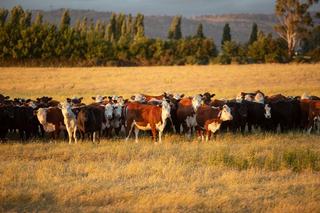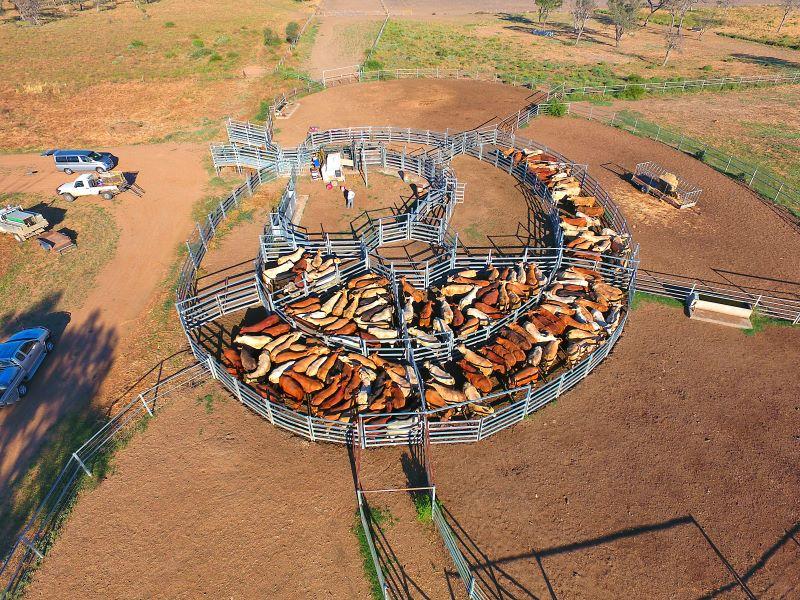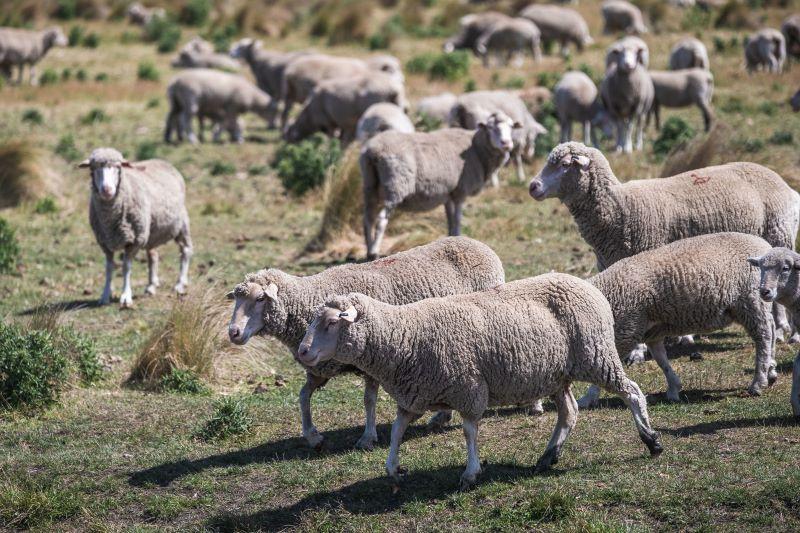Western Young Cattle Sales Indicator Hits Highest Level Since Last November


Western and Eastern Young Cattle Sales Indicators Diverge
The Eastern Young Cattle Indicator (EYCI) softened 18.34c from Friday last week, with nearly 7,000 less head reporting to 1,090c/kg – down 8 per cent since the highs of early January, according to Meat & Livestock Australia’s (MLA) Weekly Sheep and Cattle Market Wrap published last Thursday, March 31, 2022
MLA suggests the drop could be an indication of easing re-stocker demand. It is the lowest the EYCI has been since November last year, when it was operating at 1,099.9c/kg cwt. Feeders now make up 60 per cent of buyers for EYCI-eligible cattle.
Yardings in the east were down in the week in review due to recent weather events making it difficult to transport cattle to these sale yards, MLA says. Roma numbers were down by 2,304 head week-on-week, contributing to the lower reporting in the EYCI. Young cattle prices in Roma have dropped by 40c in the last two weeks.

MLA report that feeder steers in Wagga Wagga are trading at a premium to the national average by 33c/kg cwt with the largest throughput, contributing 17 per cent. Heavy steer prices have softened significantly week-on-week, dropping by 31c/kg cwt to reflect the near doubling in throughput this week, it adds.
In contrast, MLA notes the Western Young Cattle Indicator (WYCI) is at its highest since November last year, now operating at 1,172.30c/kg cwt. The WYCI is at a significant premium to the EYCI in the east, with re-stockers making up 47 per cent of all young cattle purchases. The WYCI was made up of vealer heifers and vealer steers, with the premium price reflecting the high demand for heifers in the west and consequently, the long-term confidence in the industry in WA, according to MLA.
Sheep
Trade lamb prices, meanwhile, have bounced back slightly since last week with a larger yarding. MLA says Forbes increased by 1,154 head with premium prices 57c/kg cwt over the national average.

Heavy lamb prices have increased week-on-week by 9c/kg cwt, with premium prices being found again in Forbes, which recorded prices 9 per cent higher than the national average.
MLA says increased yardings of re-stocker lambs were also seen this week, with yardings up near 5,000 head. Although supply is strong, prices are down year-on-year by 70c/kg cwt and 35c/kg cwt week-on-week, it adds.
Slaughter
Goats are increasingly hitting export markets. MLA says slaughter numbers have been softening the past few weeks from the record highs witnessed at the beginning of March, but this increase in supply is being felt strongly in the export market.
Meanwhile, lamb slaughter is up 5 per cent week-on-week to 371,311 head. Mutton slaughter is seasonally higher this week at 105,560 head – a 14 per cent increase year-on-year.
Slaughter for cattle has increased week-on-week to 98,667 head, closing in on the 100,000 head mark after a disruptive start to the year due to disruptions caused by COVID-19 and flooding, MLA says.
Find out more information on livestock properties & cattle farms for sale on Farmbuy.com







